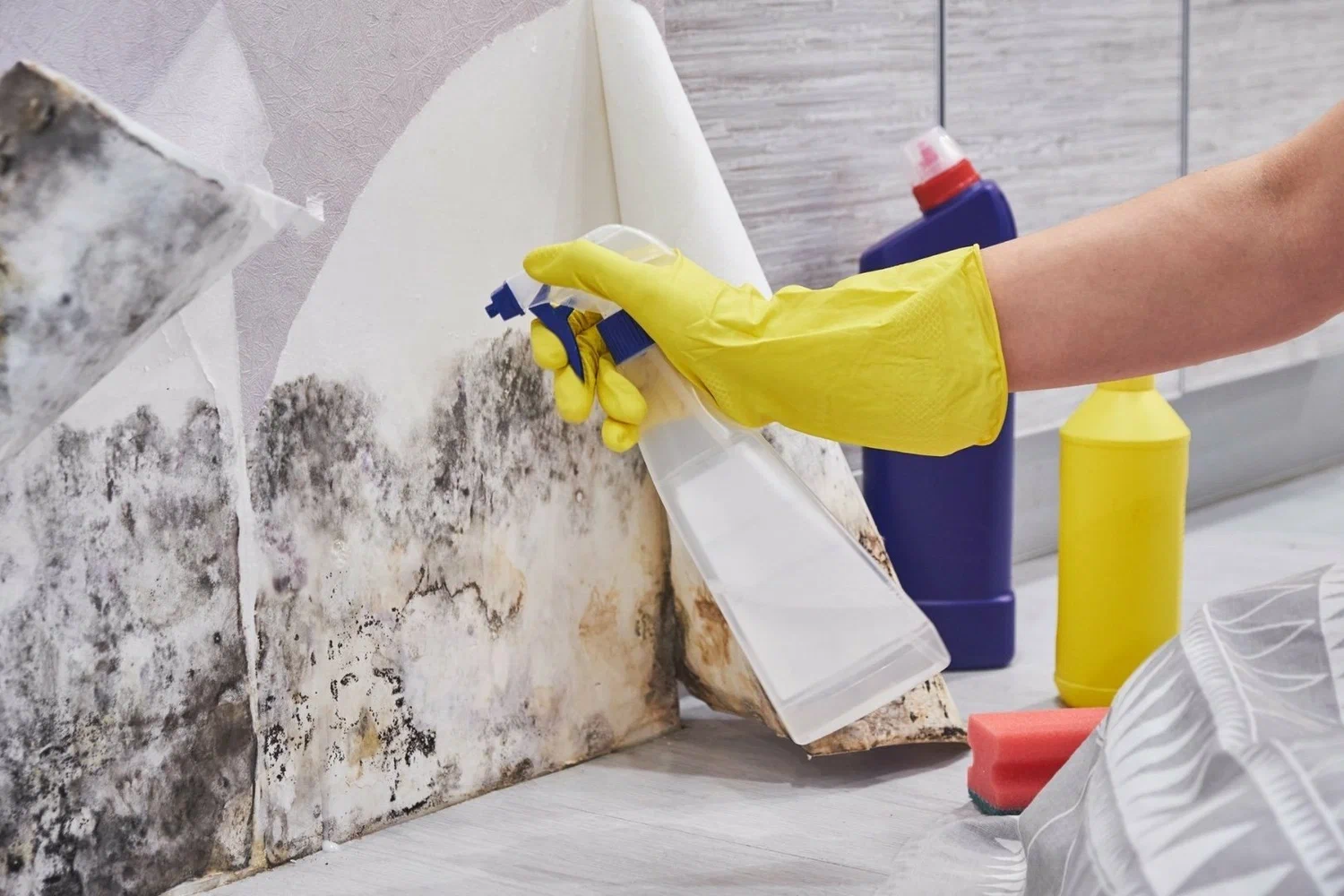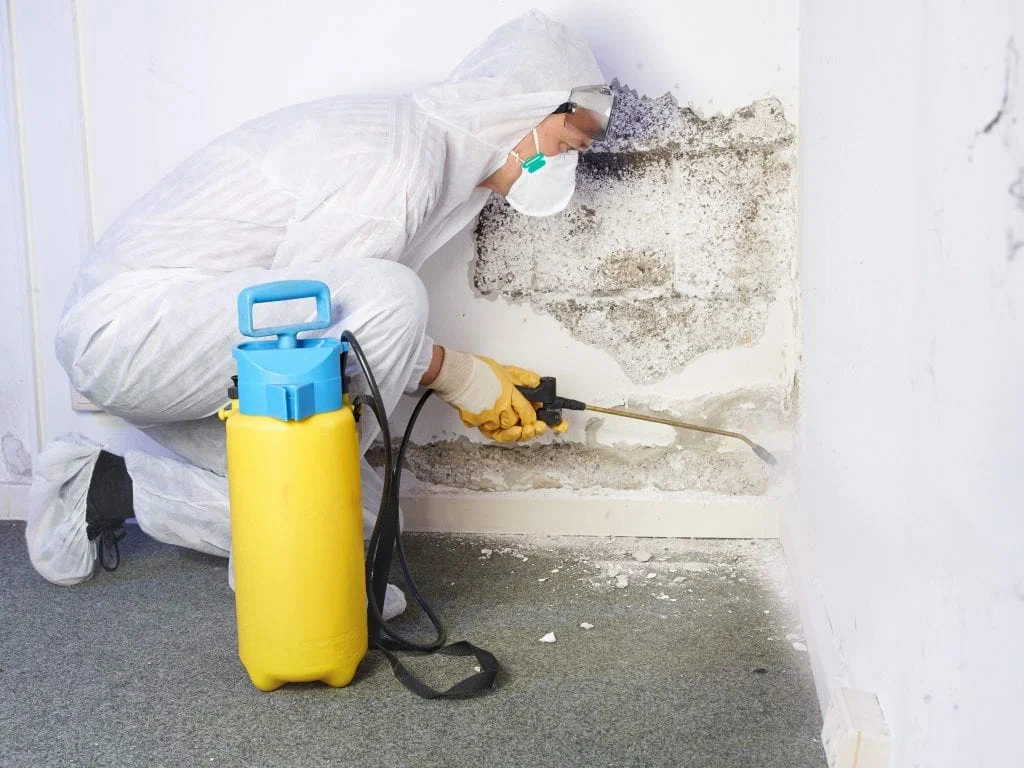Mold is one of the most common yet overlooked problems in homes and commercial spaces. While visible mold can be cleaned up easily, hidden mold can quietly spread behind walls, under floors, and inside ceilings, leading to severe health issues and structural damage. Identifying the signs early — or using a professional Mold Detector Service — can help you protect your home and family before the problem becomes serious.
In this detailed guide, we’ll explore what mold is, where it hides, how to detect it, and when to call a Mold Detector Service for professional help.
Understanding Mold and Why It’s Dangerous
Mold is a type of fungus that thrives in damp, humid, and poorly ventilated areas. It spreads through microscopic spores that float through the air and settle on moist surfaces. Once mold begins to grow, it can rapidly damage building materials like drywall, wood, insulation, and carpet.
Beyond property damage, mold poses health risks. Exposure can cause allergies, respiratory issues, skin irritation, and even chronic illnesses in sensitive individuals. Those with asthma, weakened immune systems, or allergies are especially vulnerable. That’s why detecting hidden mold early is crucial for maintaining a healthy and safe living environment.
Common Areas Where Mold Hides
Hidden mold often grows in areas that are difficult to see or reach. Some of the most common hiding spots include:
- Behind walls and wallpaper: Moisture trapped from plumbing leaks or condensation can allow mold to grow behind drywall or wallpaper.
- Under flooring and carpets: Water from spills or leaks can seep under flooring, creating the perfect environment for mold.
- Inside HVAC systems: Air conditioners, ducts, and vents can collect moisture, promoting mold growth and spreading spores throughout the home.
- In attics and basements: Poor ventilation, roof leaks, or damp basements are ideal conditions for hidden mold colonies.
- Under sinks and around plumbing fixtures: Small, unnoticed leaks in pipes or faucets often result in moisture buildup that fosters mold growth.
Since mold often hides in these areas, identifying it requires close observation and sometimes professional inspection.
1. Musty or Earthy Odor
One of the first and most common indicators of hidden mold is a persistent musty smell. This odor is typically described as damp, earthy, or stale. Even if you can’t see any visible mold, a strong smell in specific rooms or areas — such as basements, bathrooms, or behind furniture — could mean mold is growing somewhere out of sight.
If you notice that the smell intensifies when you use your HVAC system, it may be a sign of mold inside your air ducts or vents.
2. Unexplained Allergy Symptoms
Hidden mold can trigger a range of allergic reactions even if you can’t see it. Common symptoms include:
- Sneezing and coughing
- Watery or itchy eyes
- Runny nose and nasal congestion
- Skin rashes
- Headaches
If you notice these symptoms getting worse when you’re at home — and improving when you leave — mold might be the cause. Mold spores can easily spread through the air, making it difficult to escape the effects without professional remediation.
3. Water Damage and Stains
Water stains on ceilings, walls, or floors are warning signs of moisture buildup — a major contributor to mold growth. Even if the surface appears dry now, previous water damage could have left behind moisture trapped inside building materials.
Look for discolored patches, bubbling paint, peeling wallpaper, or warping drywall. These are often signs that mold may be growing underneath the surface.
4. Peeling or Bubbling Paint and Wallpaper
Moisture trapped behind walls or under paint can cause paint and wallpaper to bubble, crack, or peel. While this might seem like a minor cosmetic issue, it often indicates that moisture — and possibly mold — is lurking beneath.
In bathrooms and kitchens, where humidity levels are high, these signs should never be ignored. Addressing them early can prevent more serious mold infestations.
5. Warped Walls or Flooring
If you notice your walls, ceilings, or flooring becoming warped or uneven, this could be another sign of hidden mold. Moisture accumulation causes materials like wood, drywall, and laminate flooring to swell or buckle. Over time, mold can weaken these structures, leading to significant damage that requires costly repairs.
6. Condensation and High Humidity
Consistent condensation on windows, pipes, or walls suggests excess moisture in your home — a condition that encourages mold growth. Mold thrives in areas with humidity levels above 60%. If you live in a humid climate or notice frequent condensation, use dehumidifiers and ensure proper ventilation to prevent hidden mold from forming.
7. Persistent Coughing or Respiratory Issues
Beyond allergies, mold exposure can lead to more severe respiratory problems. If you or your family members experience chronic coughing, wheezing, or shortness of breath without a clear cause, it may be due to mold spores in the air.
In extreme cases, prolonged exposure to mold can contribute to asthma attacks, bronchitis, or other long-term health issues. If symptoms persist, seek medical advice and consider having your home inspected for mold.
8. Visible Signs of Mold Growth
Sometimes hidden mold eventually becomes visible. You may notice black, green, white, or gray patches forming around vents, baseboards, or under sinks. Even small patches can indicate a much larger problem behind the walls or beneath the surface.
It’s important to remember that visible mold is just the tip of the iceberg — what you see could represent a much more extensive infestation hidden from view.
9. Recent Water Leaks or Flooding
If your home has recently experienced a leak, roof damage, or flooding, mold growth can start within 24 to 48 hours. Even after cleaning up visible water, moisture can remain trapped in drywall, insulation, or subflooring, creating a breeding ground for hidden mold.
After any water damage incident, it’s essential to dry affected areas thoroughly and have a professional assess for mold growth.
How to Check for Hidden Mold
If you suspect hidden mold, here are a few ways to confirm it:
- Use a moisture meter: These devices detect dampness behind walls or under floors.
- Inspect hidden areas: Look behind baseboards, under sinks, and around windows.
- Check your HVAC system: Mold can spread through ducts, so regular cleaning and maintenance are crucial.
- Hire a professional mold inspector: Certified experts use specialized tools like infrared cameras and air quality tests to locate hidden mold precisely.
Never attempt to remove large mold infestations on your own — professional remediation is the safest and most effective solution.
Preventing Hidden Mold in Your Home
Prevention is always better than cure. Here are practical steps to minimize mold risks:
- Fix leaks immediately: Repair plumbing, roof, or window leaks as soon as they occur.
- Control humidity levels: Keep indoor humidity below 50% using dehumidifiers or air conditioners.
- Ensure proper ventilation: Use exhaust fans in bathrooms, kitchens, and laundry rooms.
- Clean and dry wet areas promptly: Don’t leave spills or damp clothes unattended.
- Inspect your home regularly: Especially after storms, plumbing issues, or water damage incidents.
These preventive steps can save you from the stress and expense of dealing with mold later on.
Conclusion
Hidden mold can silently threaten your home’s structure and your family’s health. Recognizing early warning signs — such as musty odors, allergy symptoms, water stains, or peeling paint — is key to catching mold before it spreads.
If you suspect hidden mold in your property, don’t wait. Contact a professional mold inspection and remediation service to identify the source and restore a healthy indoor environment. With proper care and timely action, you can protect your home from the damaging effects of hidden mold and enjoy a cleaner, safer living space.



